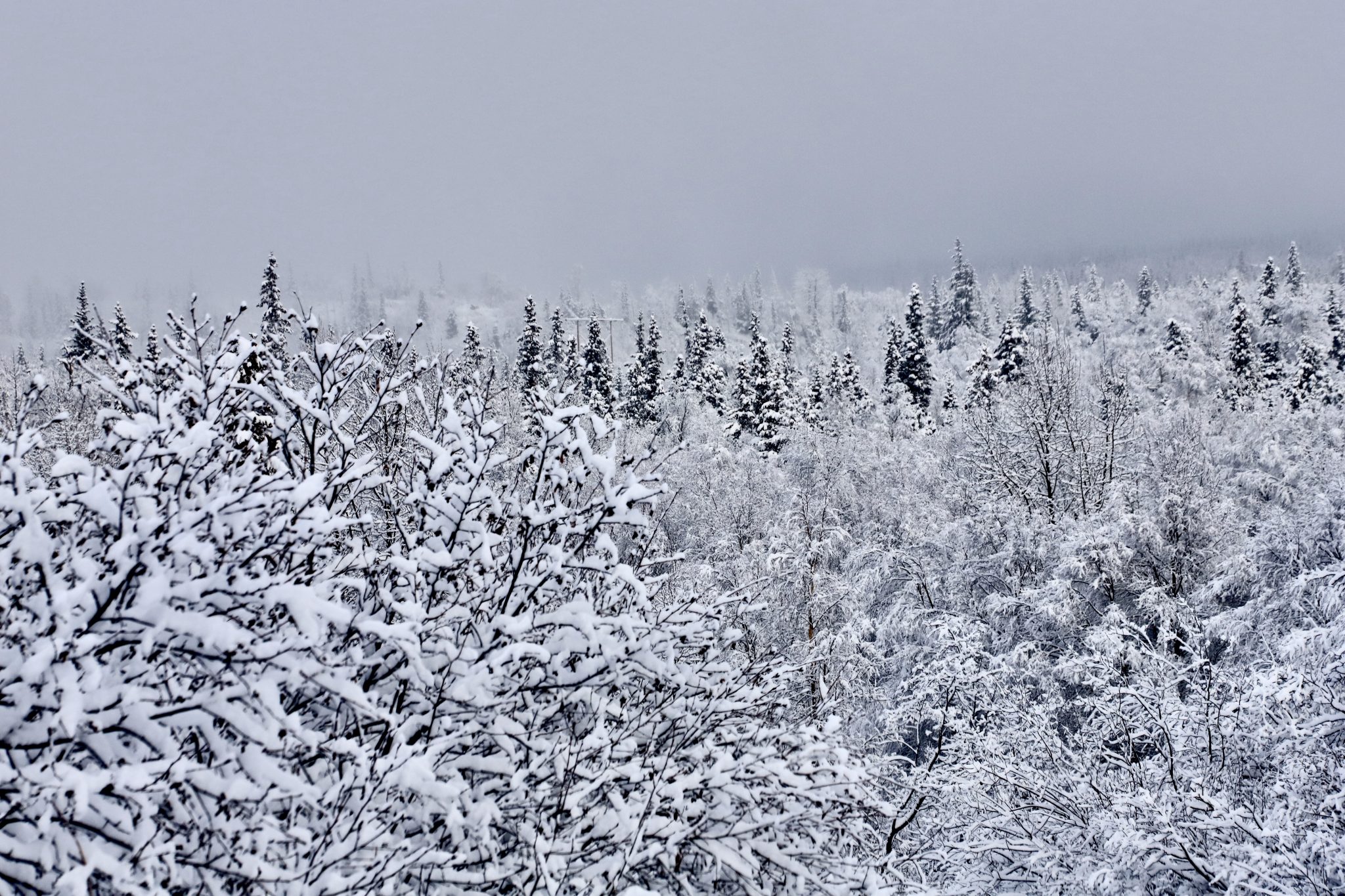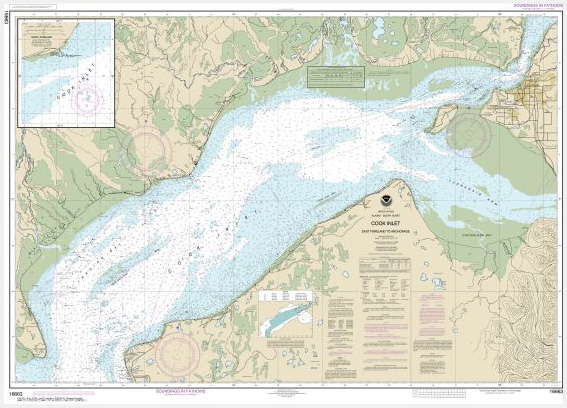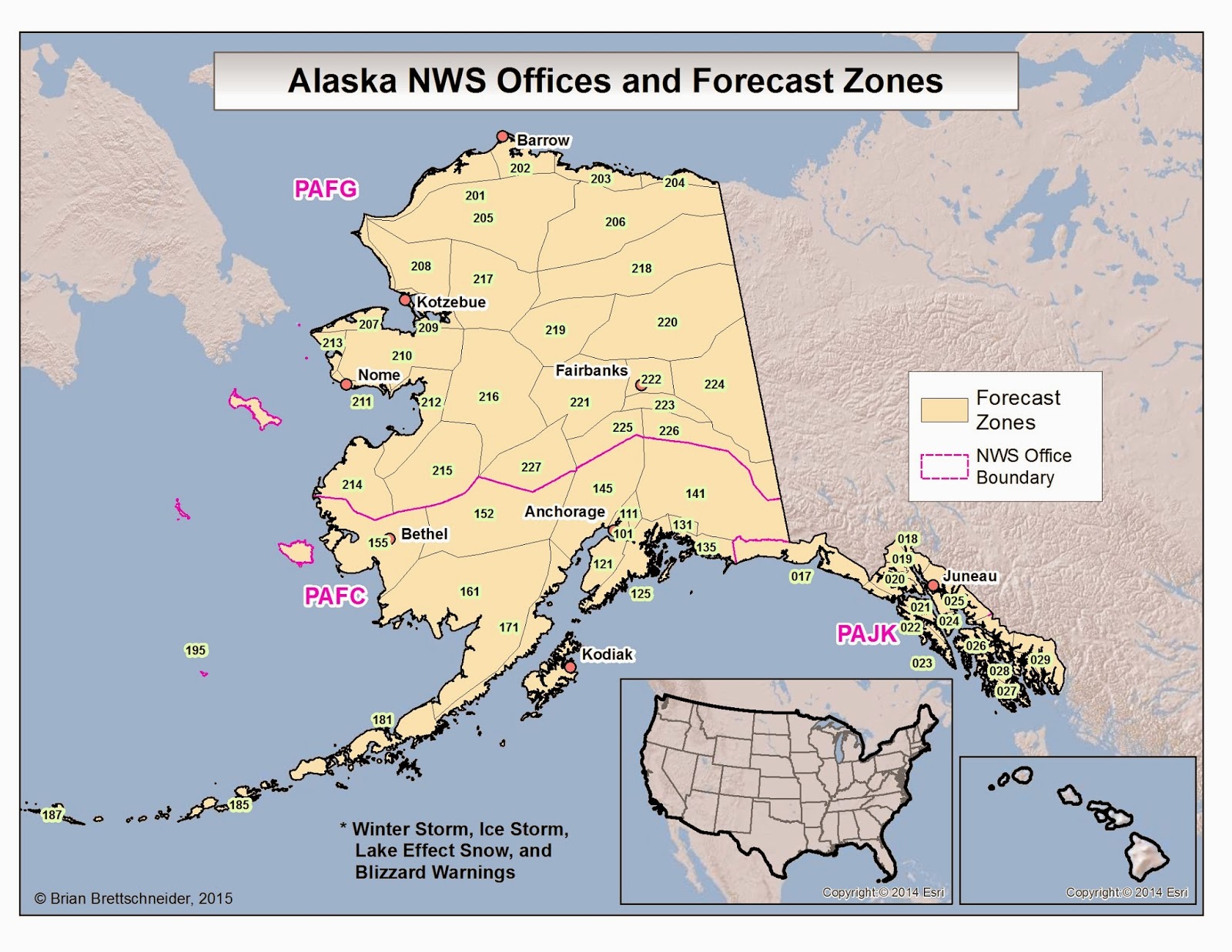
The National Weather Service also recorded this same snow data. The storm beat the previous record from 1955 on March 16, which was just 15.6 inches. The storm broke the city record for the most snowfall in a single day. On March 17, 2002, there was a storm that caused 28.6 in of snow to close schools for two days. The cleanup of ash resulted in excessive demands for water and caused major problems for the Anchorage Water and Wastewater Utility. The eruption deposited about 3 mm (0.12 in) of volcanic ash on the city. Spurr, which is located 78 mi (126 km) west of the city. The most recent notable incident was an August 1992 eruption of Mt. temperatures in ☌ĭue to its proximity to active volcanoes, ash hazards are a significant, though infrequent, occurrence. In comparison, the Anchorage Climate Action plan is 108 pages long, whereas the Municipality of Anchorage Climate Action Strategy is just 12 pages. For its near term plans, the city also introduced a plan called the "Municipality of Anchorage Climate Action Strategy." This appears to be a document for a broader audience of people so it is easier for them to understand what will go into these climate action plans.

The first annual report on this came out in 2021. One of the major goals of the climate action plan is to reduce green house gas emissions by 80% by the year 2050 from its 2008 emission levels. The action plan includes all of the municipality of Anchorage, as far north as Eklutna and as south as Portage. The mayor and the assembly of Anchorage in 2019 issued a climate action plan for the anticipated effects that climate change will have on its city and people. Winter view of Anchorage and the Chugach Mountainsįor snowfall, the annual mean average for 2000 to 2022 was 76.4 inches the highest snowfall season being 2011 - 2012 with 134.5 inches, and the lowest season being 25.1 inches in 2015. The months with the highest average mean of rain were August and September, each having an annual mean of 2.75 inches (August) and 3.24 inches (September). Farther afield at the Campbell Airstrip is another weather station recording colder night temperatures in both summer and winter.Īverage July low and high temperatures are 52 / 66 ☏ (11.1 / 18.9 ☌) and the hottest reading ever recorded was 90 ☏ or 32.2 ☌ on July 4, 2019.īetween 20 the annual rainfall in Anchorage was 16.7 inches. Average January low and high temperatures at Ted Stevens Anchorage International Airport (PANC) are 11 / 23 ☏ (−11.7 / −5.0 ☌) with an average winter snowfall of 75.59 inches, or 1.92 meters. Anchorage has a frost-free growing season that averages slightly over one hundred days.
#Noaa weather anchorage how to#
Learn how to protect plants from frost.įrost dates are calculated based on data from the NOAA National Centers for Environmental Information.Average daytime summer temperatures range from approximately 55 to 78 ☏ (12.8 to 25.6 ☌) average daytime winter temperatures are about 5 to 30 ☏ (−15.0 to −1.1 ☌). Always keep an eye on your local weather forecast and plan to protect tender plants accordingly. Weather, topography, and microclimates may also cause considerable variations in the occurrence of frost in your garden. The probability of a frost occurring after the spring frost date or before the fall frost date is 30%, which means that there is still a chance of frost occurring before or after the given dates!įrost is predicted when air temperatures reach 32☏ (0☌), but also a frost may occur even when air temperatures are just above freezing due to open exposure to the clear night sky, which exposes surfaces to radiative cooling.


Note that frost dates are only an estimate based on historical climate data and are not set in stone.
#Noaa weather anchorage code#
Simply enter your ZIP or Postal code in the field above to see frost dates for your location (based on the nearest weather station), as well as the length of your growing season based on frost dates. Use our 2023 Frost Dates Calculator to find the average dates of the last light freeze of spring and first light freeze of fall for locations across the U.S.


 0 kommentar(er)
0 kommentar(er)
